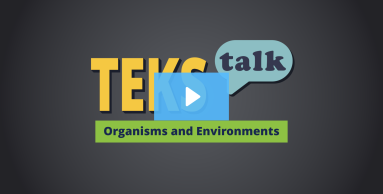
Knowledge and Skills Statement
Organisms and environments. The student knows how cell functions support the health of an organism and how adaptation and variation relate to survival.
Supporting Information
Research
Grady, Katherine, and Bobby Jeanpierre. “Population 75 Trillion: Cells, Organelles, and Their Functions.” Science Scope 34, no. 6 (2011): 64–69
Summary: Within a cell are a variety of specialized structures that carry out specific functions, such as energy production, transport of molecules, waste disposal, and more. Connections between the cell structure and its function are made using analogies.
